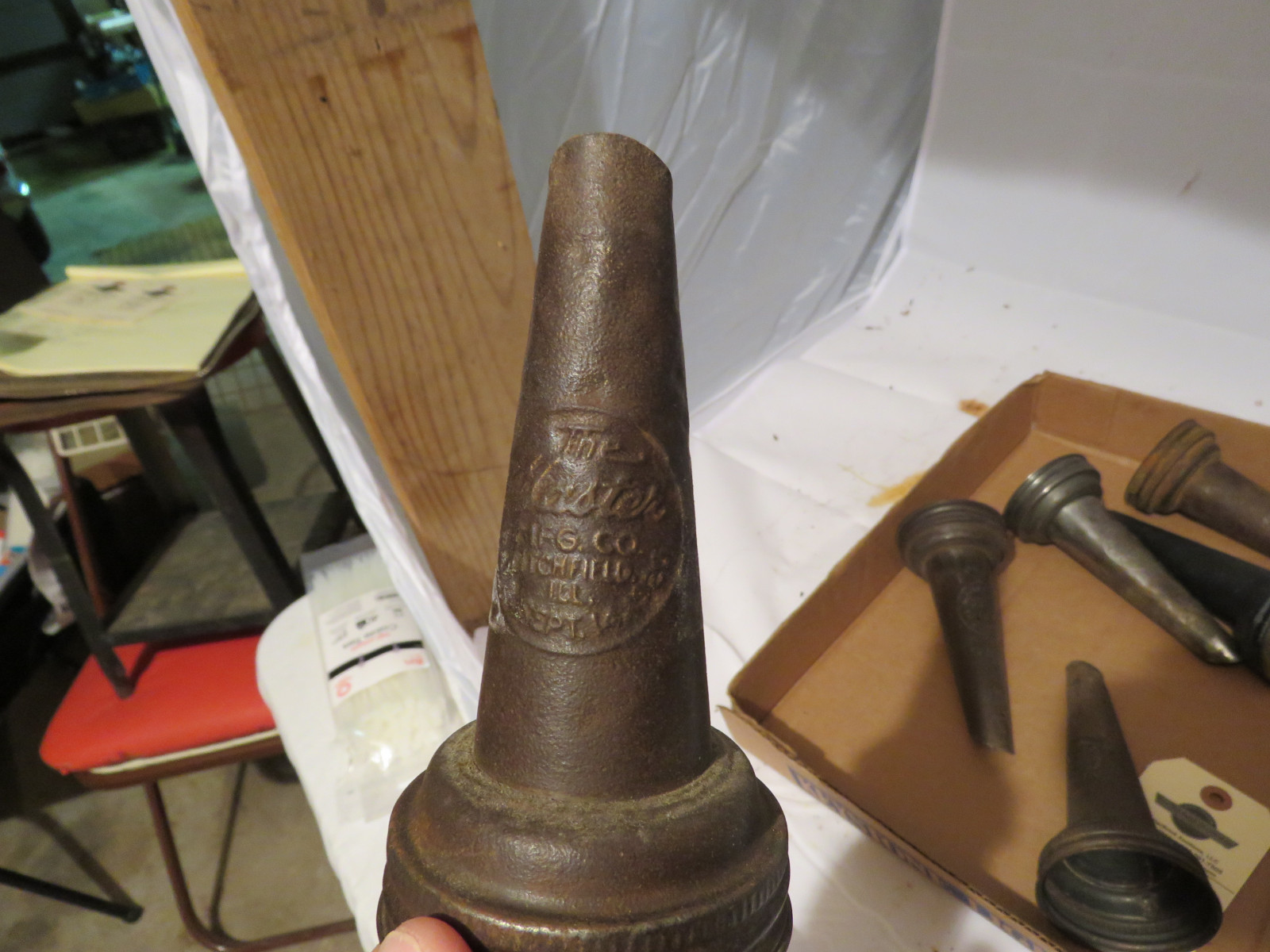

Olipac Elegante Olive Oil Dispenser: This was the only dispenser with no air intake, which led to heavy glugging and made the oil flow hard to control.Olipac Olino Olive Oil Dispenser: The stainless steel of the Olino was left smudged and slippery as oil dripped down the side after each pour, leaving a ring on the countertop.The thin metal around the spout also felt flimsy and easily bent. Emile Henry Oil Cruet: This was a simple yet gorgeous dispenser-but the exposed cork stopper became saturated after a couple of uses, which contributed to oiliness around the neck of the bottle.Serious Eats / Ashlee Redger The Competition The OXO, on the other hand, was dry within an hour of washing. With its truly opaque finish, I had no way of knowing when it was completely dried inside. After a day on the drying rack, I could still shake out drops of water from the Emile Henry Oil Cruet. The worst offenders were the ceramic models. This meant the cruets could take days to dry out fully or require clumsy interventions, like a rolled-up paper towel, to soak up the last bit of water and prevent the hydrolytic rancidity I explained earlier. Narrow bottlenecks prevented airflow inside, which caused moisture to condense inside the bottles instead of dripping out. Another benefit of larger openings was better drying. They were also simpler to clean-the OXO could be hand-washed with a kitchen sponge instead of a long bottle brush (although a reusable straw brush was still handy for scrubbing the spout). Unsurprisingly, oil dispensers with wider openings were easier to refill without spilling or needing a funnel.

Wide-mouthed openings were easier to fill and clean. Its lidless spout had a folded lip that efficiently cut off the flow of oil, preventing any drips in the first place. The OXO was the only dispenser to remain completely drip-free and pristine throughout every test. I preferred spouts without the hinged lids as they had fewer drips and stayed cleaner. Drips can also make the spouts harder to clean over time, as the dried oil on the outside becomes sticky and attracts its own coating of dust and grime. The truth is that the flip-top lids are not airtight, and the amount of airflow inside a dispenser between uses is minimal anyway. This can also make the base of the dispenser slippery as oil drips down the spout and onto the neck, as it did on the Crate and Barrel Oil Bottle. I found these lids significantly contributed to dripping, though they would get coated in oil while pouring, then deposit that oil onto the outside of the spout afterward. Many of the cruets also included hinged flip-top lids on their spouts, which were designed to keep dust and air out and flap open during use.


 0 kommentar(er)
0 kommentar(er)
